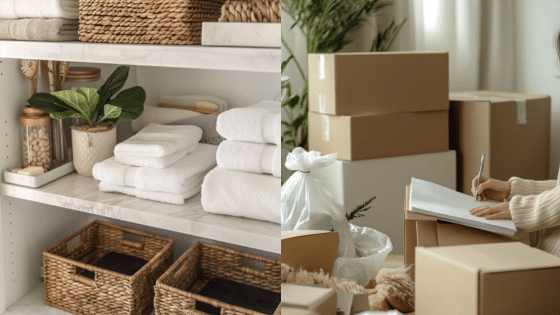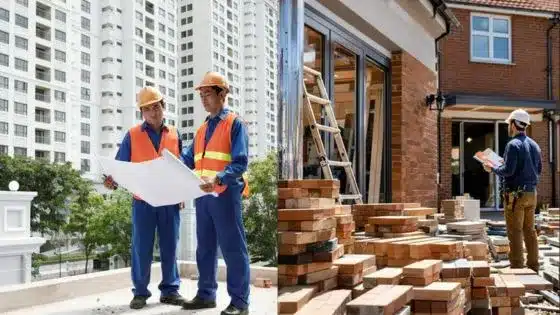Slip-and-falls generate over one million emergency medical visits annually. That’s more than two thousand people each day in the United States alone. Of those falls, roughly 12% are slip and fall accidents.
Slip and fall may not seem like a serious matter but can inflict grave injuries when such an accident happens on the property of another person. Hazards like wet floors, uneven steps, or poor lighting can seriously threaten the safety of a person who comes to the place.
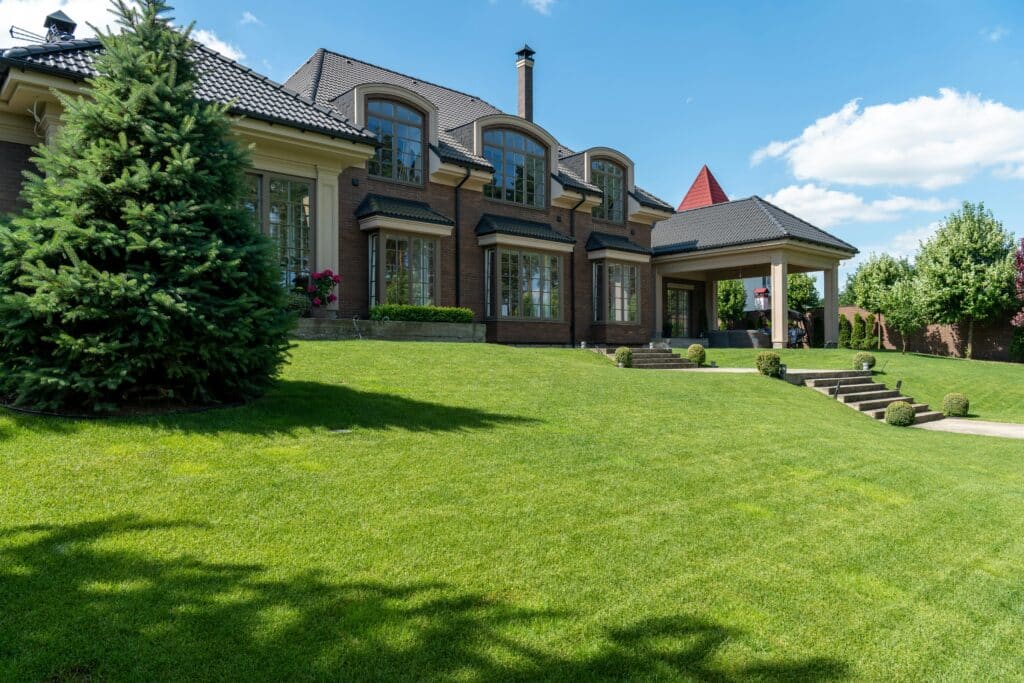
In case a slip-and-fall accident causes you to sustain injuries, you may want to know who is going to be liable for the pain and suffering that you have been through. According to New Haven slip and fall lawyer Louis Rubano, proving liability requires gathering evidence to demonstrate that the property owner had a duty of care to take reasonable measures to prevent injury to others lawfully on the property.
Learn what your rights are when such an incident happens to you.
Understanding Property Owner Responsibilities
When you go onto the premises of another party, you expect it to be safe. The owner must take steps so that their visitors will not be harmed. They have to look out for hazards and repair them as they appear, such as slippery floors or broken steps.
If you notice any danger, report it to the property owner. The owners are equally responsible for the acts of staff or contractors. They must guarantee the competent execution of maintenance or repairs.
Meeting your safety as visitors becomes an important concern for property owners. Knowing and understanding these duties allows you to claim your right to safety. You can be certain that you are safe whenever you go to another property if the property owner regularly carries out their duties in terms of safety.
The Role of Negligence in Slip and Fall Cases
Often, cases of slip and fall are caused by negligence. You must show that the property owner was negligent when you fell. This means they either knew of the danger or should have known but ignored it.
If you somehow come to know that the owner refused to maintain safe conditions on the property, you have a higher chance of winning your case. The existing dangers in a property should be documented by all appropriate means, including photographs and witness statements.
The statute of limitations applies in almost every state for personal injury claims, including slip and fall cases. These lawsuits must be filed within one to three years of the accident, so you need to act quickly. Bear in mind that there are differences in the specified time of valid filing among states. For instance, the statute of limitations for personal injury in California is 2 years from the date of the injury. Your ability to file a case may be compromised if you wait too long to take legal action.
Remember, to recover damages, negligence has to be proved. This situation empowers you to advocate for justice in slip-and-fall cases.
Common Causes of Slip and Fall Accidents
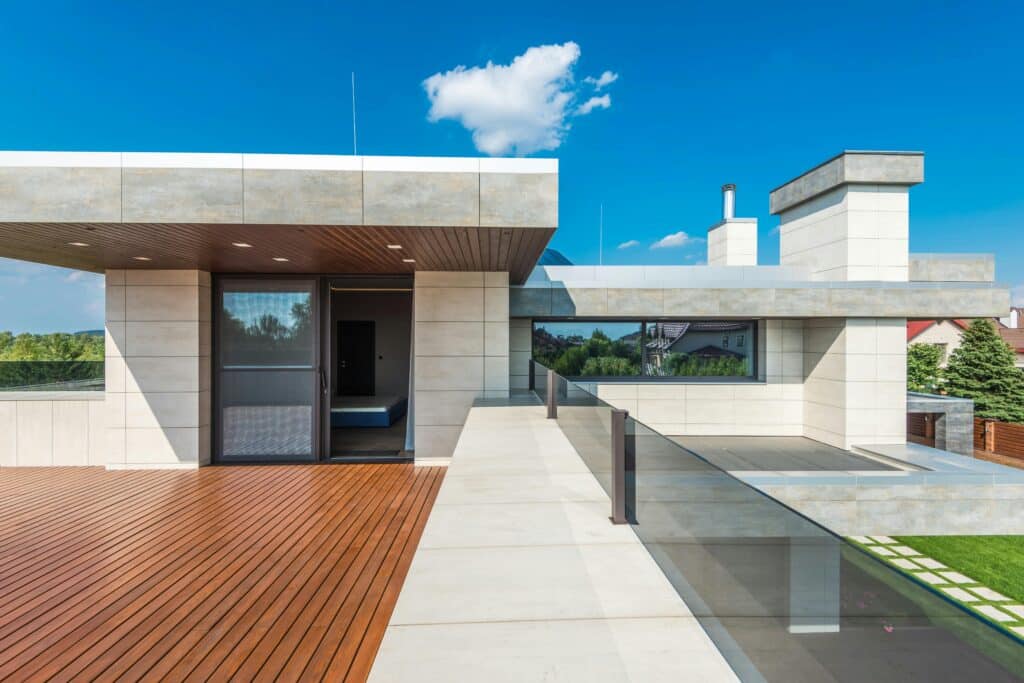
Slip-and-fall mishaps can happen as a result of various unsafe conditions at a property. A bit of water on the floor and dim lighting are some examples of elements that may cause a slip and fall accident.
Tripping hazards exist in cluttered walkways and loose carpets. A common hazard on winter days is snow or uncleared ice.
Broken handrails and cracked stair coverings are hazards that might lead to fall incidents. Being aware of these hazards might save your life. Instincts of an unsafe environment might keep you alert to evade such accidents.
Proving Liability in a Slip and Fall Case
How slip and fall accidents come to occur is the basis for premises liability questions.
Proving liability entails demonstrating that the property owner had or reasonably should have known about the hazard. This is where guidance from a premises liability lawyer in Mobile, AL, or a similar legal professional in your area, can be especially valuable. Evidence may take the form of photographs, witness statements, maintenance logs, and the like.
You must prove that the owner owed you the duty to keep the property safe and that the owner breached that duty. If you can prove that their negligence directly caused your injury, then your case is stronger.
Liability is not just about what happened, but how the owner’s actions made it unsafe. Everyone deserves premises to be safe, so you must understand these rights.
Steps to Take After a Slip and Fall Incident
Preserve any evidence that could authenticate your claim once you are involved in a slip-and-fall accident.
Examine bodily harm and seek immediate medical care. Record the scene by taking detailed photographs and any photos showing the potential hazards that could have caused the accident.
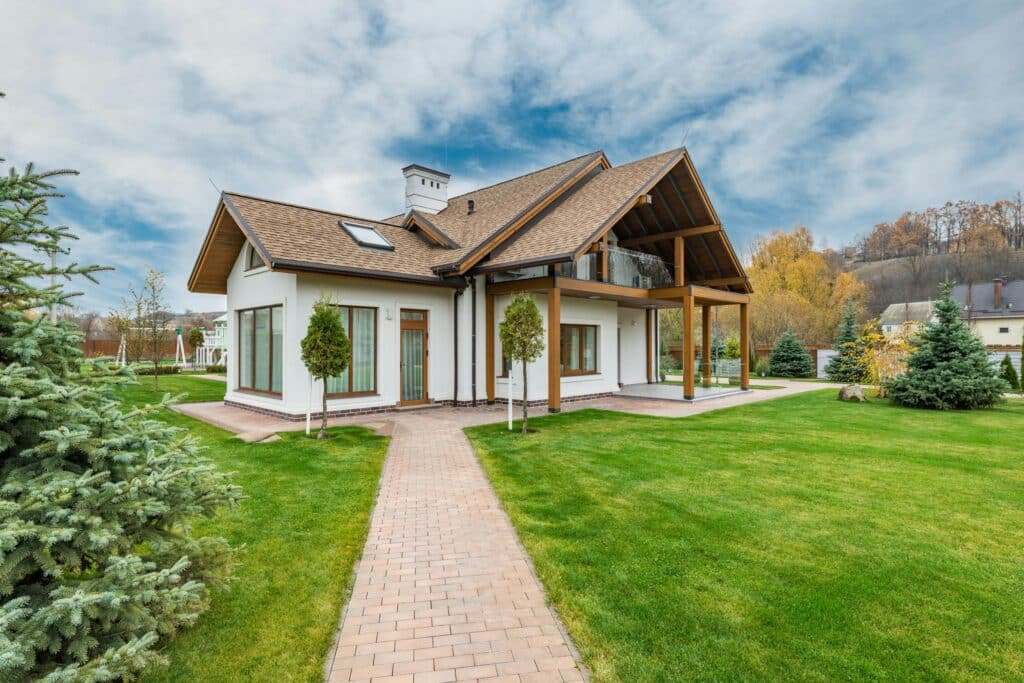
Talk to a witness or get their contact information. These details may be important for the trial. You must also notify the owner or manager of the incident and get written proof.
Keep all records of your medical appointments and any related expenses. It is a beneficial idea to look for an attorney specializing in personal injury to help you. Keep in mind, you are not alone and having a lawyer by your side will give you the necessary strength to handle the challenges of a slip and fall case.
- 0shares
- Facebook0
- Pinterest0
- Twitter0
- Reddit0











